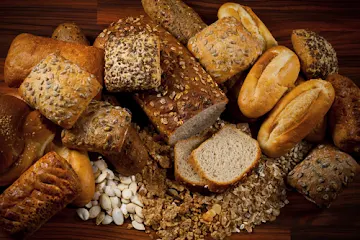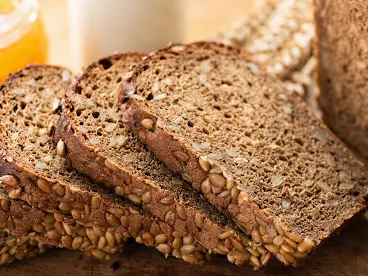Is Your Whole Grain Bread Really "Whole grain"? Maybe Not
Almost half were unable to identify the healthier whole grain option when asked to rely on food package labels, researchers discovered.
A similar proportion of participants were unable to accurately state the whole grain content of different products, according to the study.
READ ALSO: What Can You Eat On Plant-Based Diet? Balanced Plant Based Menu
Terms like “multigrain,” “contains whole grains,” “honey wheat” and “12-grain” can be used to hawk breads, cereals and crackers as healthier options even if the product mostly contains refined flour, explained lead researcher Parke Wilde, a professor at Tufts University’s School of Nutrition Science and Policy in Boston.
READ MORE: How Often Do You Eat Poison?
“If they say it contains whole grains, it really does have to contain some whole grains. They would get into trouble if they made a claim that was outright false,” Wilde said. “But it’s totally permitted to say it contains whole grains even if it’s mostly refined grains.
“For terms like multigrain or seven-grain or 12-grain, or the coloring, there’s no rules at all,” Wilde continued. “There’s no rules against using any of those terms on a refined grain product, or coloring the product brown, which consumers associate with whole grains.”
ALSO: 5 Food Rules for a Long, Healthy Life: How To Live Long Without Disease
Refined grains have been ground into flour or meal, with the healthy outer layers of grain stripped away. Whole wheat products contain the entire grain, which boosts the fiber content and adds higher levels of nutrients.
Wilde and his colleagues used two different methods to test consumer savvy when it comes to picking whole grain products.
In one experiment, they asked people to choose between two hypothetical products — one product that contained a lot of whole grains but made no claims on the front of the package, and another that had lower overall whole grains but bore packaging selling itself as “made with whole grains” or “multigrain” or “wheat.”
READ ALSO: 14 Best Superfoods to Improve Male Health




.jpg)








.jpeg)